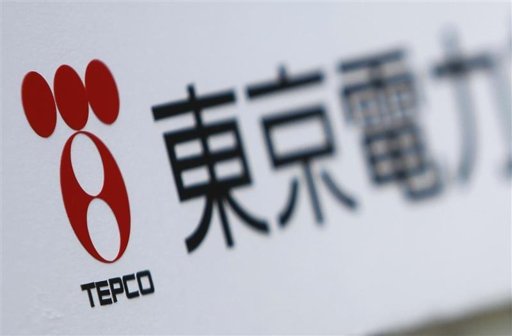

Tokyo Electric Power Co. has decided to increase the amount of U.S. shale gas it will purchase from 2017 as fuel for thermal power generation to 1.5 times its initial plan, or 1.2 million tons a year.
The move will be included as a centerpiece of TEPCO’s cost-cutting measures in the new management reorganization plan to be compiled as early as December.
Shale gas is 30 percent cheaper than the liquefied natural gas that the utility currently uses. Converting 1.2 million tons of its fuel to shale gas is expected to save TEPCO more than ¥10 billion annually on fuel, and the company hopes this will help it avoid raising electricity prices.
A natural gas trapped within shale formations deep underground, shale gas is drawing a great deal of attention as a new energy resource. Excavation used to be difficult but has become possible due to such technological developments as the use of high-pressure water to retrieve it.
Production of shale gas is expanding rapidly in the United States, Canada and other countries.
The U.S. government approved the export of shale gas to Japan for the first time in May.
TEPCO plans to increase its procurement of shale gas in the future, purchasing 10 million tons in 2023 and saving ¥130 billion, the equivalent of 5 percent of its annual fuel costs. It intends to use shale gas for 40 percent of its annual fuel use in 2023.
TEPCO reached a basic agreement in February with Mitsubishi Corp. and Mitsui & Co., which will begin importing U.S. shale gas in 2017, to purchase 800,000 tons a year for 20 years. However, it has decided to increase that amount by 400,000 tons. TEPCO is expected to reach a deal with both companies on the new amount within this year.
TEPCO is using thermal power to produce the electricity once generated by its nuclear power plants, currently shut down as a result of the crisis at its Fukushima No. 1 nuclear power plant, pushing its annual fuel costs to about ¥3 trillion.
The utility has recovered the additional expense from its customers by raising electricity rates, increasing corporate rates by an average of 15 percent in April 2012 and ordinary household rates by an average of 8 percent in September last year.
According to The Institute of Energy Economics, Japan, the average import price of LNG to Japan last year was $17 per round lot. Even including such costs and transport expenses to Japan, shale gas is expected to cost only $11 to $12.
Gallagher Re has shed light on the significant challenges insurers face when providing coverage for…
The Australian government will disburse AUD 1.7 million (USD 1.1m/EUR 1m) in grant funding to…
GlobalData’s latest report, ‘Asia Pacific Renewable Energy Policy Handbook 2024’ is among the latest region-specific…
The electrical generation market is facing a number of challenges, including the need to increase…
Nuclear energy has emerged as a prominent player in Asia's energy landscape, offering a reliable…
The pursuit of a low-carbon future has gained significant momentum globally, and Asia stands tall…